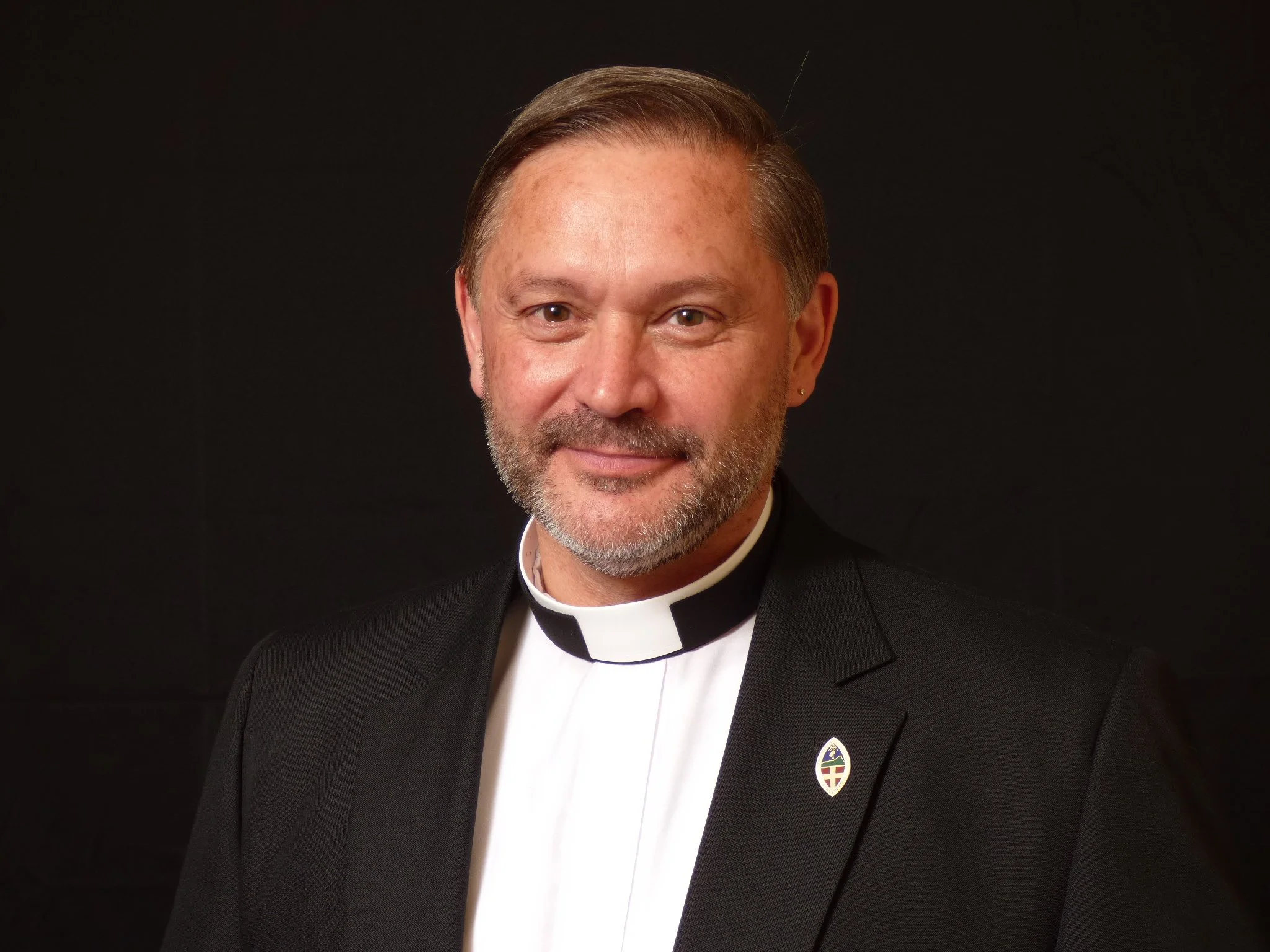A hymn, psalm, or anthem may be sung. The people standing, the Celebrant says
So begins the opening of the liturgy for the celebration of Holy Eucharist in the Episcopal Church. The liturgy begins with directions called rubrics. The rubrics help to give common form to our worship. As a people who see themselves as part of one worldwide body of Anglicans, common worship is valued. We like to know that while some may worship in Spanish or Japanese, their worship is much like ours in form and content. This, we believe, is an essential part of being one body in Christ.
I am focusing on the commonality of our worship and elements of that because I had a recent conversation with someone whose faith tradition had been in liturgical churches yet she never did understand why they did what they did. All that ritual and all those physical movements and all those gestures were never explained to her. She is now a member of a nondenominational faith community that has a structure but nothing close to what she left. I think that is a great loss even if she is currently happy with her new church.
Our liturgy is based upon ancient liturgies. We look to the earliest evidence available because we value commonality. We want to keep a consistency over time with what we believe is the worship of the ancient church, that which is closest to the time of the apostles and the first public gatherings of those who called themselves Christians. We believe in one universal church and one way we express that is common worship across space and time.
The earliest gatherings of Christians were in the synagogues and in the homes of followers of Christ. The house church, popular in many places today, has an ancient tradition. Each community, likely encompassing the whole of major cities, had one overseer who we call a bishop. Most of the time, the faithful gathered in private homes and on occasion would be called together for the celebration of Eucharist with the bishop residing. In the early days, there were bishops and deacons, but no priests although the office of priest was known from the Jewish tradition. Those early large gatherings with the bishop would take place in a public space, often some large municipal hall. These were not places designed or equipped for worship as we know it. There were no pews, aisles, altars, choir lofts, and so forth.
When the service was to begin it was necessary to have some way of calling the gathering to order as people were standing about just as one would find at any large public gathering. That was the advent of the opening salutation. Yes, the words are a spiritual statement of faith, but they are also meant to call the gathered to order and for worship to begin. Much preferred I think to pounding a gavel. They also borrowed from civil practice. When a public official of some status would visit there would be a ceremonial procession of that official to the place where they would speak. The early church adopted this ceremonial practice for the bishop, and wedded with the call to order, we get the practice of an opening hymn and procession plus words of greeting like:
Blessed be God: Father, Son, and Holy Spirit.
The people acknowledging they heard that and indicating that they are ready for worship say in reply:
And blessed be his kingdom, now and for ever. Amen.
Again, all of this is just the opening of worship but we see that it has ancient roots and practical purposes. Is this no longer necessary? Perhaps not for some, but if we desire to stay in communion with our ancient brothers and sisters and to be one church across time and space then we continue to do what they did not just for practical reasons but for spiritual reasons.
There is much more to be said about why we do what we do. I will be commenting on that in the months to come.
Grace and peace, Fr. Bill+

